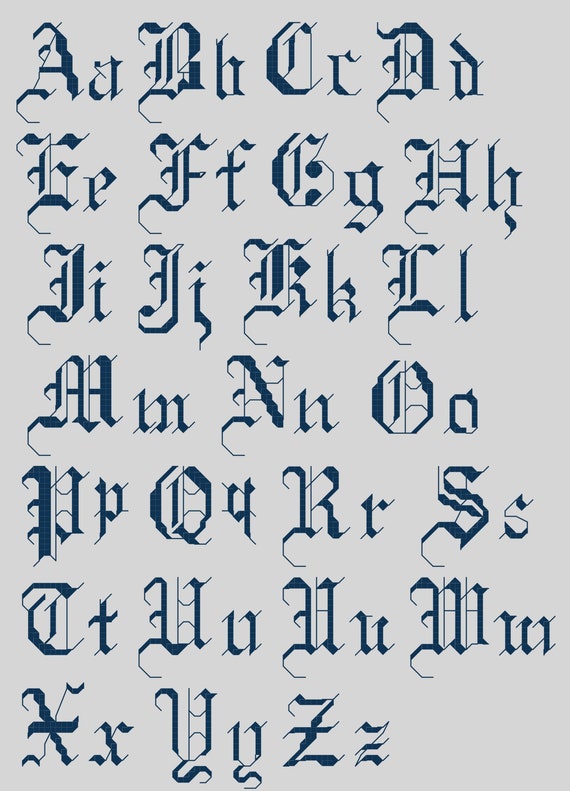
g]* was used for the sounds we now often spell as g (Old English god, Modern English God) the sound we now often spell using y or j (Old English geard, Modern English yard), and a sound that is no longer found in Modern English, but is similar to Dutch g in words like Old English dragan, Dutch dragen, Modern English to draw (i.e. c could represent the sounds we commonly spell using k (Old English cyning, Modern English king) or ch (Old English ciese, Modern English cheese). The letters c, g, and h represented a number of sounds we now spelling using different characters, depending on their context and etymology:. alongside consonants like d, b, z, g, m, n). spoken like a z) when it was found by itself between vowels, or in a cluster of voiced consonants (i.e. spoken like an s) when it appeared on its own at the beginning or end of a word, or in a cluster of unvoiced consonants (i.e. s was used to represent the sounds we usually spell using s and z : Old English seġl, Modern English sail Old English cēosan, Modern English to choose. spoken like a v) when it was found by itself between vowels, or in a cluster of voiced consonants (i.e. spoken like an f) when it appeared on its own at the beginning or end of a word, or in a cluster of unvoiced consonants (i.e. f was used to represent both the sound we usually write as f and the sound we often write as v : Old English wīf (‘woman’), Modern English wife Old English wīfum (‘to/by/for/with the women’), Modern English wives:. Old English bricg, Modern English bridge. cg was used to represent the sound we now generally write using dge, e.g. sc was used for sounds equivalent to those represented by sh (and sometimes sk ) in Modern English: Old English scip Modern English ship Old English āscian, Modern English to ask. ƿ represented the same sound as Modern English w, e.g. The sounds represented by the Anglo-Saxon letters þ and ð were pronounced as are the sounds represented by their Modern English equivalents: th (as in then and thigh ). wild pig).Įven when Anglo-Saxons used different characters or spellings, the actual sounds were mostly the same: Hence the sound spelled by the Old English letter b was pronounced more or less as is that spelled by our modern b: Old English bār, Modern English boar (i.e. With a very few exceptions, the Old English consonant system is essentially identical that of Old English. At the end of each section there is an exercise, suitable for downloading to an Digital Audio Player (such as an iPod or similar), that allows you to practice the sounds out loud while comparing yourself to a reference sample. 
In each case you are given some examples of the sound in Old and Modern English and a sound clip illustrating the sound in and Old English context. The following sections discuss each of the major groups of sounds in turn. These include the sounds associated with the letter y, some of the sounds associated with c, g, and h, and the fact that the sounds we now associate with s and z and with f and v do not seem to have been seen as distinct meaningful sounds (phonemes) in Anglo-Saxon England.

The second is the existence of a few vowel and consonant sounds that are rare or no longer exist in Modern English or that fail to reflect distinctions we now consider important. The first involves the Old English long vowels, which underwent great changes in the transition from late Middle to early Modern English (roughly the period between Chaucer and Shakespeare). Likewise the d in Old English dysiġ (‘foolish’), was pronounced much the same as the same letter in dizzy, the Modern English descendant of dysiġ. The lax e /ɛ/ in Modern English edge, for example, is probably not all that different from the short e the word’s Old English ancestor, ecg. This is particularly true of the short vowels and the consonants, most of which are thought to have been largely the same as their Modern English equivalents.

It can be hard at first to get used to some of the spelling conventions, such as the fact that all letters-including final e-are pronounced but on the whole Old English does not have many sounds that are not the same as in Modern English, and, in most cases, indicated by the same letters (you can read a brief tutorial on Old English script here). The sounds of Old English should not prove difficult, with a few exceptions, for speakers of Modern English.







 0 kommentar(er)
0 kommentar(er)
